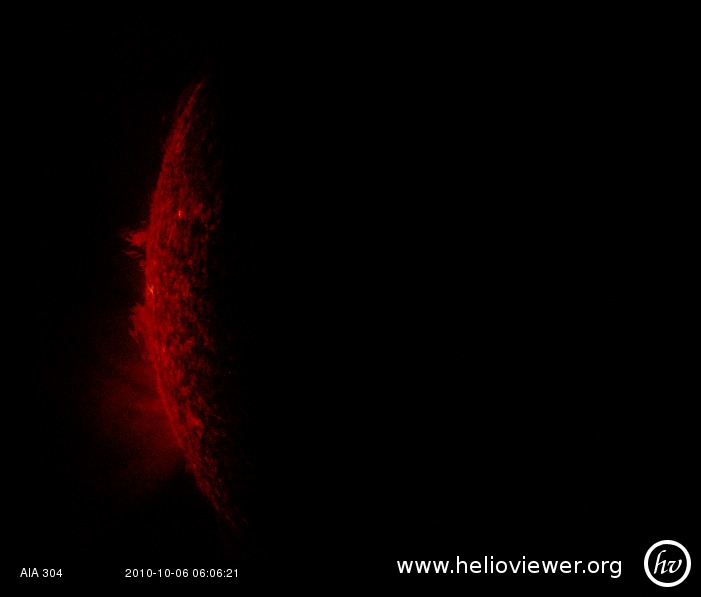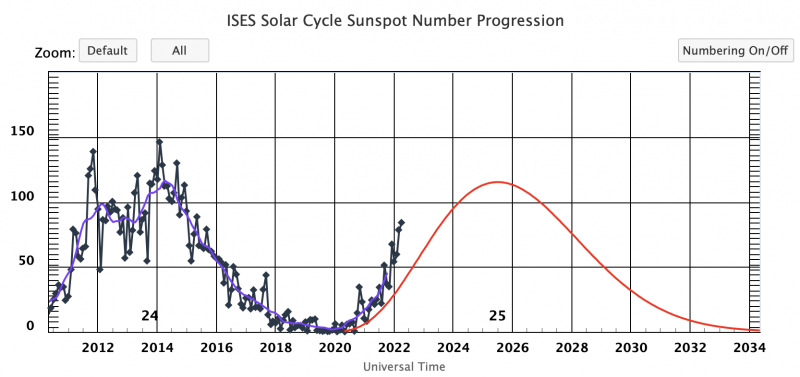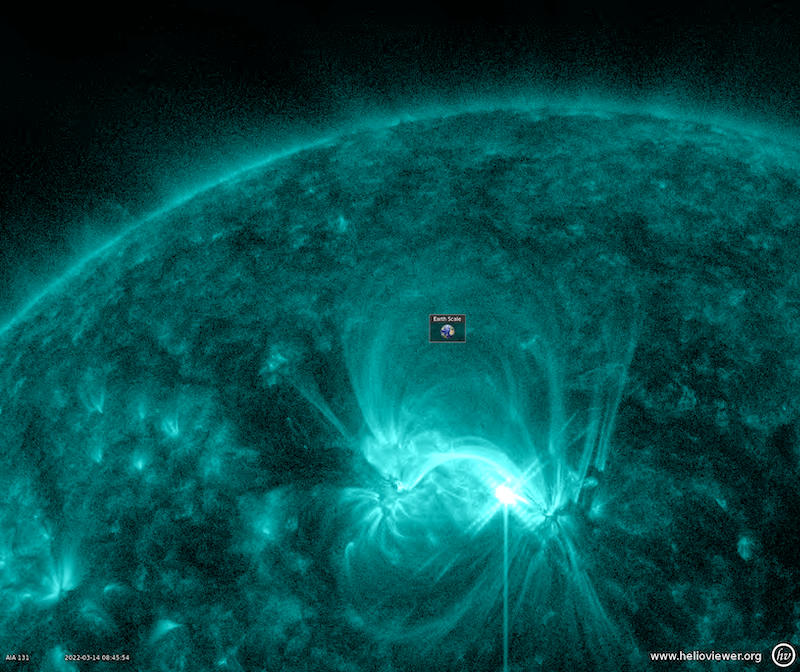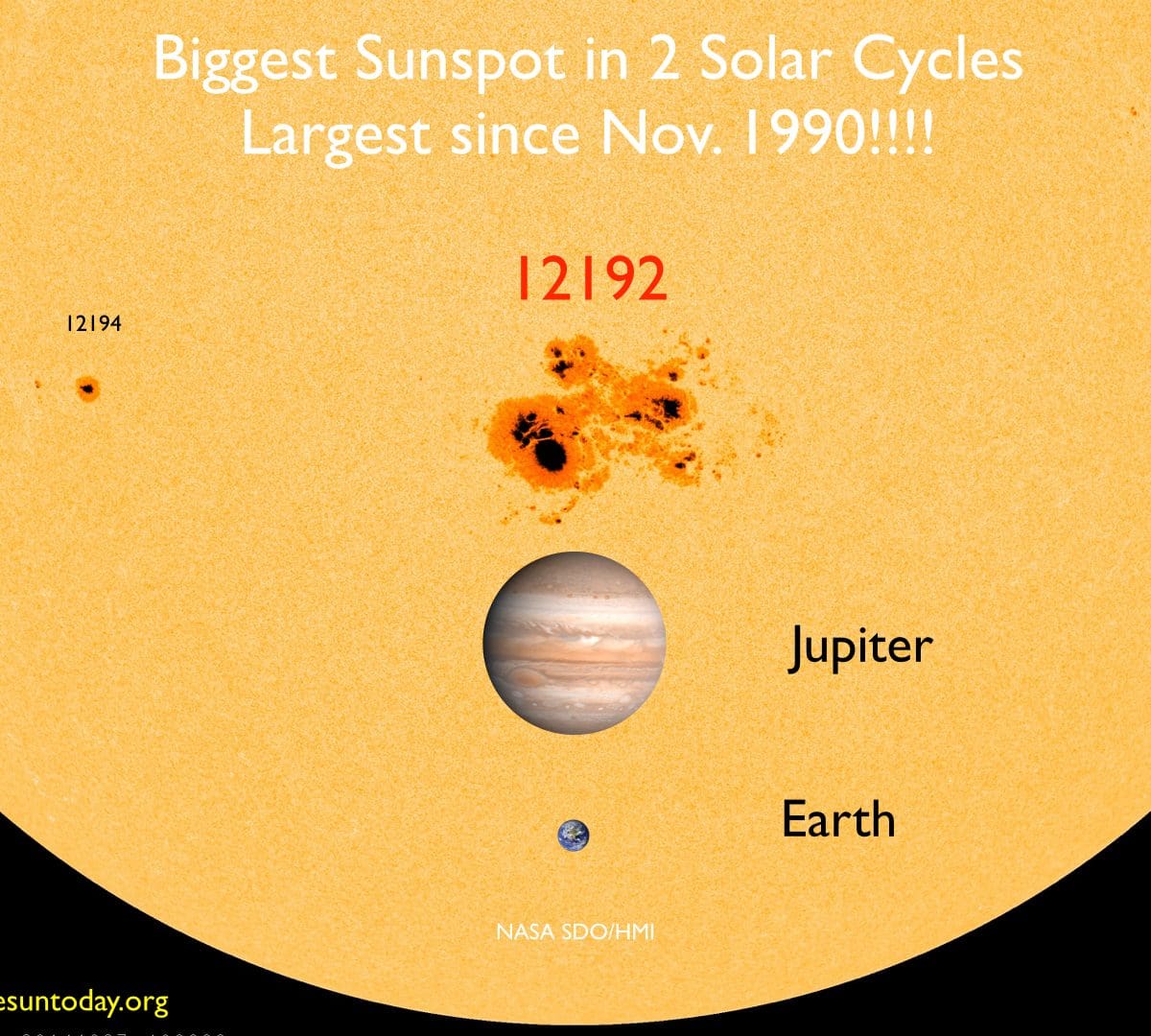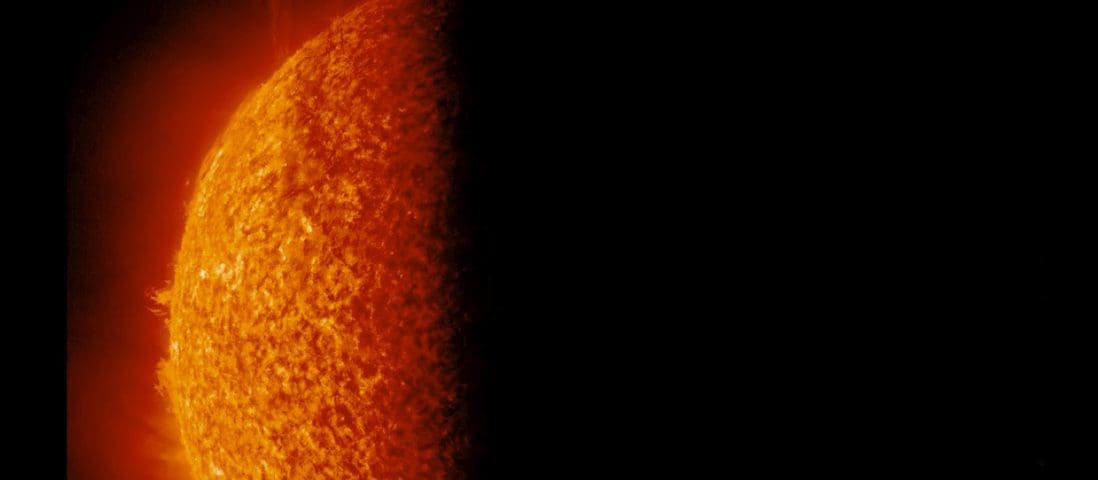
Around 3:30 UT on October 6, 2010 a filament erupted in the northeast part of the solar disk (upper left area).
As the filament lifted away from the solar surface brightenings along the filament channel indicated a faint ribbon as seen in the 171 Angstrom wavelength with the AIA (Atmospheric Imaging Assembly) instrument onboard the SDO (Solar Dynamics Observatory) spacecraft.
The dark filament material made of cooler chromospheric plasma at about 60,000 – 80,000 K (cooler compared to the million-degree corona) can best be seen in the 304 Angstrom wavelength observed with SDO. The 304 Angstrom wavelength is most sensitive to the emission from the cooler 80,000 K plasma while 171 shows the hotter million K corona.

A sequence of 304 Angstrom images of a solar eruption observed by SDO. The 3 images are 1 minute apart. They show the earth creeping in front of the sun.
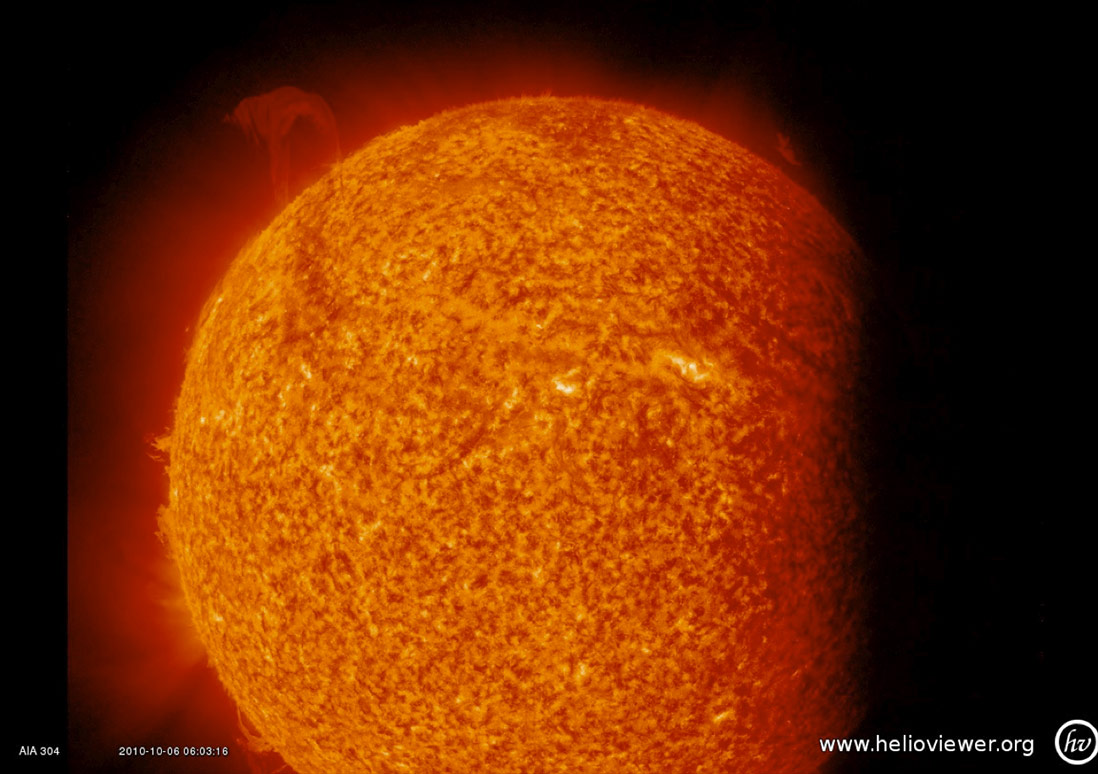
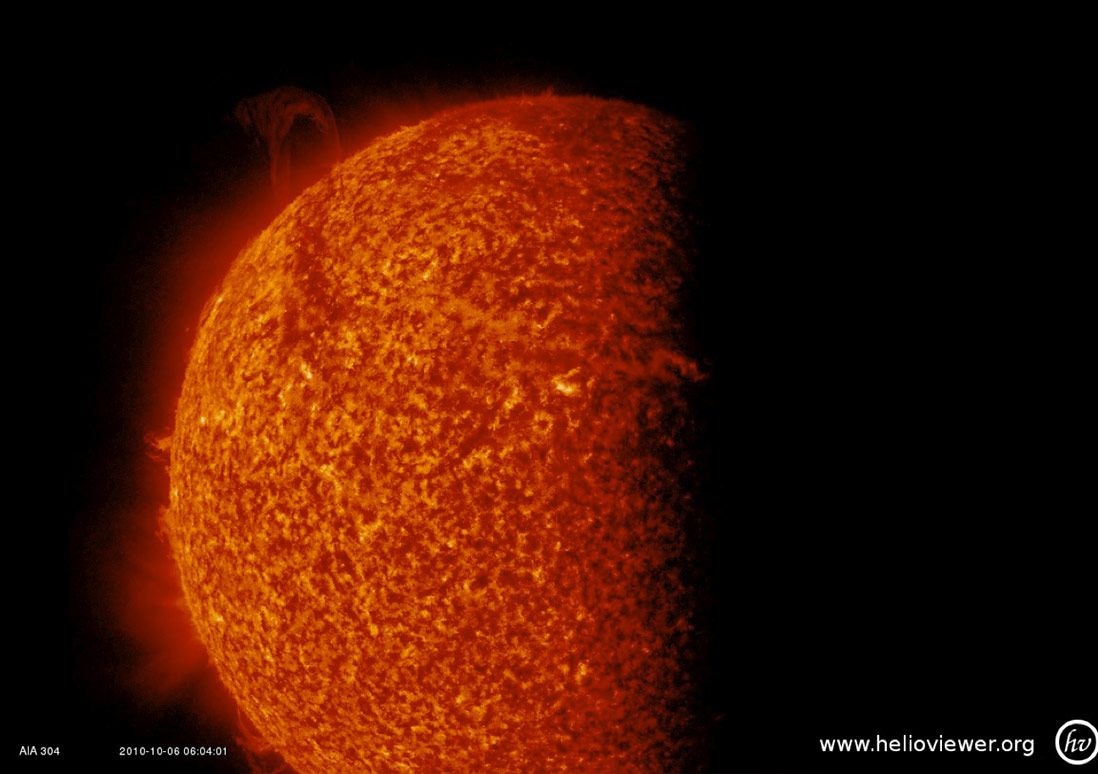
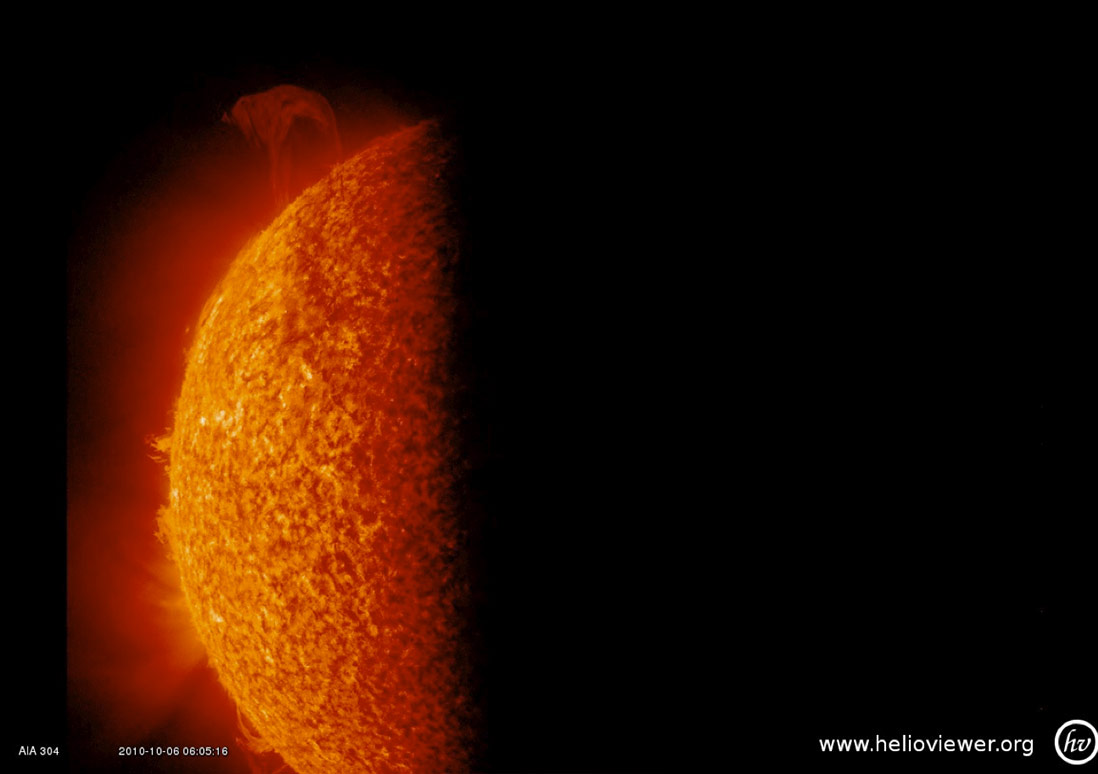
The added feature to this event is the earth. This time of year is eclipse season for SDO. During eclipse season there are short periods during which the earth blocks out or eclipses the sun for SDO. While this filament was erupting and as it was forming a prominence off the limb of the sun, SDO was moving into eclipse and the earth started to move in front the sun. The above figure shows a sequence of SDO 304 images as the earth moves between SDO and the sun.
The image directly above is the last 304 image before the earth completely blocks the sun from SDO’s sight.
The video starts with the 304 Angstrom observations, first showing the upper 2/3 of the sun then zooming in on the NE section. Next the same 2/3 view is shown but with the 171 Angstrom telescope. The video again zooms in but in the 171 wavelength.
A loop like structure can be seen in the 171 moving up to the NE. At 6:48 UT a CME was observed by the C2 LASCO coronagraph aboard the SOHO spacecraft. The CME was a faint halo event and most likely due to the filament eruption. The CME was first observed by the C3 coronagraph at 9:42 UT. The video ends with the C2 and C3 observations. (credit: SOHO, SDO and Kevin Schenk)


